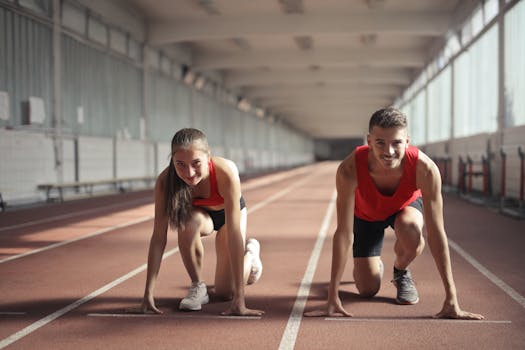
Introduction
Staying hydrated is crucial during long runs, trail adventures, or marathons. A running hydration pack allows you to carry water and essentials comfortably, but choosing the right one can be confusing. Here’s a guide to help you pick the best hydration pack for your needs.
1. Capacity
Decide how much water you need to carry based on the distance and intensity of your runs.
- Short runs: 1-1.5 liters
- Long runs or trail races: 2-3 liters or more
2. Fit and Comfort
The pack should sit snugly on your back without bouncing.
- Look for adjustable straps (shoulder, chest, and waist).
- Try different sizes to suit your body type.
3. Water Delivery System
Hydration packs generally offer two options:
- Bladders/Reservoirs: Allow hands-free sipping through a hose.
- Bottles/Flasks: Easy to refill and clean, often stored in front pockets.
4. Storage Features
Consider what else you want to carry besides water, such as keys, food, phone, or a light jacket.
- Choose packs with accessible zip pockets and compartments.
- Some have specialized pockets for trekking poles or hydration tablets.
5. Weight and Breathability
Lighter, ventilated packs reduce sweat and chafing. Mesh panels and minimalistic designs are popular among runners.
6. Durability
Look for quality materials like ripstop nylon and sturdy zippers to ensure your pack lasts through tough conditions.
Conclusion
Selecting the right running hydration pack means finding the perfect balance between hydration, comfort, and functionality. Prioritize fit and water capacity, try on different models, and consider your unique needs for every run. Happy running!
Comments
Post a Comment